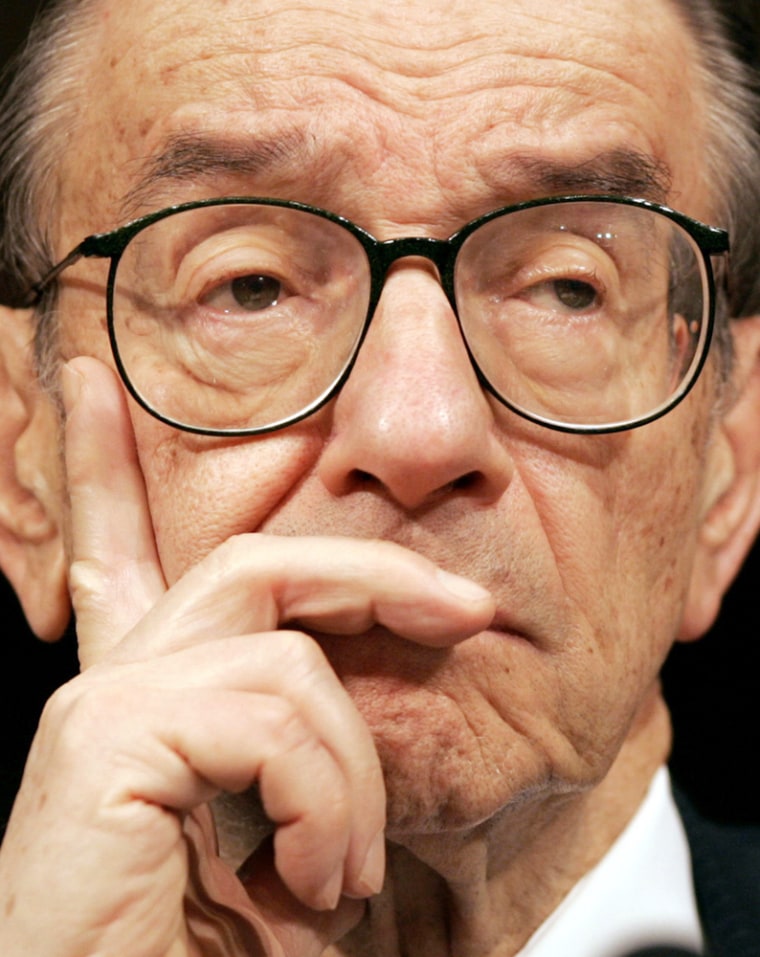The Federal Reserve dropped a clear hint Friday that Chairman Alan Greenspan will retire as planned on Jan. 31, reinforcing a sense in financial markets that time is running out to name his successor.
The Fed said its first meeting of 2006 will take one day rather than two to avoid spanning the terms of two chairman. The Federal Open Market Committee will now meet on Jan. 31, instead of gathering for two days, on Jan. 31 and Feb. 1, as it generally does in its first meeting of the year.
Greenspan’s term ends Jan. 31 and he has told associates that he would go on schedule.
But there has been persistent speculation that he might stay on longer, for instance if a replacement is not ready to take over in time.
“This schedule change avoids a meeting that spans the terms of two chairmen,” the Federal Reserve said. It said Greenspan would attend the Jan. 31 meeting.
The decision reinforces a sense among Fed watchers that the White House must work fast to find an heir to Greenspan, who commanded the Fed for 18 years with such skill that markets fret he could prove an impossible act to follow.
Three names lead the list of likely candidates to take over -- Glenn Hubbard, a past adviser to President Bush; Harvard economist Martin Feldstein; and former Fed Governor Ben Bernanke, who now is a White House adviser.
But no one has emerged as a clear front-runner and the White House may yet decide to select someone from Wall Street or industry, while Fed Board Governor Donald Kohn could prove the insiders’ choice if Greenspan gets a big say.
Financial markets are naturally wary about a change in leadership at the U.S. central bank, particularly since it comes at a critical juncture for monetary policy.
The Fed has said it expects to continue a 15-month campaign of raising interest rates at a measured pace, although the devastation from Hurricane Katrina has some investors betting that it might pause after its next hike, at 3.75 percent.
Whatever the outcome of that debate, the first quarter of next year will be an even more crucial period than usual for the bank to plot and communicate its monetary policy path.
